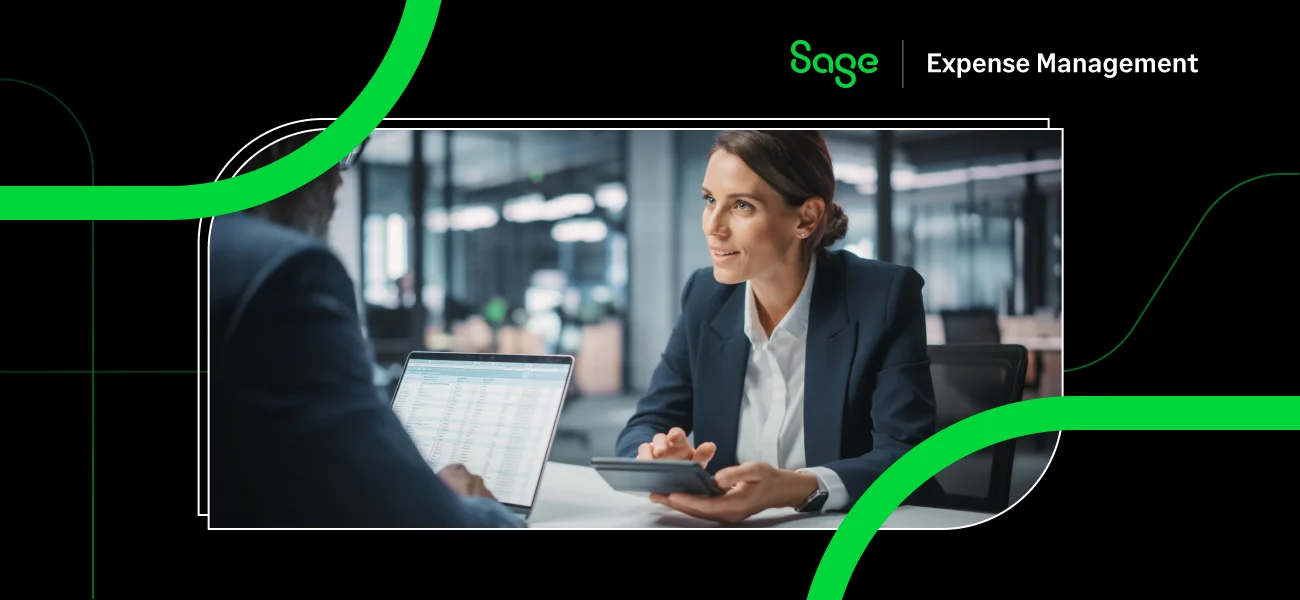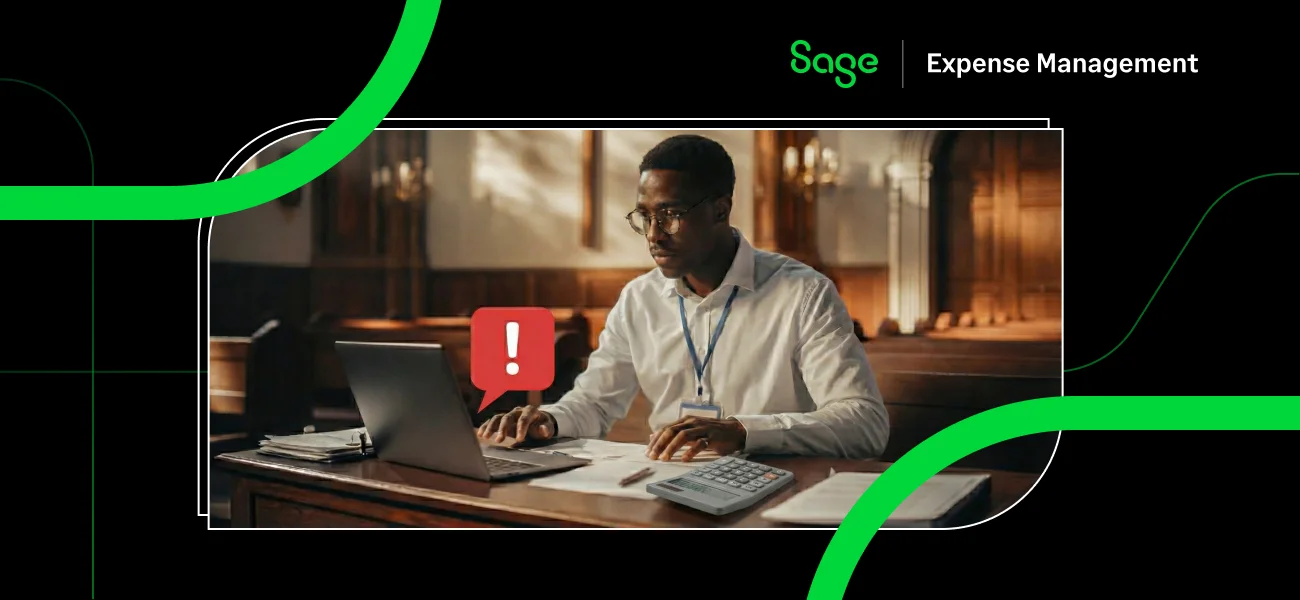The average business trip costs over $1,293, and that cost is expected to increase. Plus, travel is one of the hardest expense categories for business owners and managers to control.
To add to the problems, some people call travel expense report fraud the "gateway" to even bigger things. Employees who migrate to more significant scams typically begin by dabbling in travel expense report fraud.
When was the last time a travel expense audit was conducted to check for things like expense report fraud?
Interested to learn more about travel expense audits and some of the best practices for mitigating fraud? Here's a guide that breaks it down for you.
What is a travel expense audit?
When employees travel, they spend money on things like hotels, airfare, meals, coffee, and other travel-related needs. They save their receipts and either input them into a shared virtual space or save them to submit when they return from traveling.
A travel expense audit focuses on the approval of those reimbursement items. It also analyzes the adequacy of supporting documentation provided by the employees.
Sometimes a company realizes they're losing too much in petty cash. Often, there are too many discrepancies in the reported expense numbers. It could be due to a misunderstanding of the company's travel and expense policies, or it could be as a result of reimbursement fraud.
A travel expense audit helps you find out what’s hurting your bottomline. A to-do checklist can help you make sure all the right steps are being followed.
SUGGESTED READS:
The how-to guide to building a corporate travel policy
Guidelines to create an effective travel reimbursement policy
Expense reimbursement policy best practices for your business
Travel expense audit to-dos
Evaluate your overall internal control environment
Take a look at the way expenses your organization handles business expenses. This includes pre-authorizations, approvals, and the final review. Also, ensure different employees perform different tasks. For instance, travelers should never be permitted to approve their own business expense claims.
Assess the effectiveness of your current processes
Ensure you tailor your operations to fit your organization and its needs. For example, if travelers get to approve their own expenses, it's a red flag for ineffectiveness. Your current process should be prepared to tackle both present and future scenarios.
Test selected reports in detail
Going through all the reports may be time consuming and laborious. You can select reports and go through them thoroughly. This might be an excellent exercise to pinpoint the most compelling parts of your processes. Detailed testing can also help you identify if travel expenses made by employees always serve business purposes.
Analyze your travel and expense (T&E) policies
Your travel and expense policies must be concise with a clear set of guidelines. This ensures those involved in the expense reporting process have clearly defined roles with no crossover. A comprehensive T&E policy can help avoid reimbursements of fraudulent expenses or misrepresented expenses.
SUGGESTED READS:
What is travel and expense Policy?
How can expense policy compliance benefit your business?
Things to consider while designing an expense approval workflow
A guide to streamline your travel request approval workflow
Why are travel expense audits important?
Too many businesses avoid travel expense audits because they're time-consuming and extensive. However, by using better tools, you can make the process easier and more efficient.
Travel expense audits are vital for cutting costs. They also ensure that all employees are compliant with travel and expense policies.
More importantly, internal audits serve as the primary way to recognize and prevent fraud. A rigorous system for operations and internal controls can help detect fraud and accounting irregularities.
What are travel expense audit procedures?
Audit procedures are the methods (or steps) performed by auditors to get all the information they need. They then use this information to form a report. The report reveals whether or not it represents a clear and fair view of the financial position of the company or sector in question.
- Procedures are always outlined during an audit's planning stage. First, the audit's objective gets declared, followed by the approach, scope, and any potential risks.
- Audit procedures must be sound to identify and prevent future fraud. They must also include a plan to detect any fraud in the future.
A travel expense tracker, for example, is an excellent way to combat multiple reimbursements.
What do audit procedures entail?
It is essential to follow a set procedure for a travel expense audit. Having a well-defined and well-communicated procedure helps prevent confusion and chaos within teams or processes. It also supports all stakeholders to understand their role in the process. This helps everyone stay informed and proactive.
Audit procedures include:
- Analytical review of expense reports
In an analytical review, an auditor analyzes whether or not financial information is materially sound. They'll do so by matching up records with receipts. This is where having well-documented receipts and expense reports come into play.
- Inquiry into suspicious expense claims
Here an auditor can interview employees if they find anything fishy. For example, if an employee always eats at the same restaurant, or entertains the same "clients." The auditor in this case can ask how all of those meals are business-related.
- Inspection of company travel policies
Here, the auditor can inspect and analyze the company policies. Using these findings, they can determine how strict supervisors are in making sure travelers follow them. This is where most businesses end up running into trouble with the IRS.
- Recalculation and verification of financial records
This is where the auditors will recalculate and inquire until all financial irregularities are accounted for. Remember, as processes become more refined and stable, audits can occur less frequently too.
Best practices to mitigate business expense fraud
A recent study suggests, nearly 1 in 5 occupational fraud involves expense reimbursement. What’s saddening is these whopping numbers show up despite over 80% of companies stating audits are necessary. Don't play around with your business' money.
No matter how much you trust your employees, there could still be glitches or dishonesty that's costing you. Some ways in which individuals exhibit fraudulence are:
- Overstating expenses
- Submitting fictitious costs
- Reimbursing multiple times
- Mischaracterizing expenses
In addition to performing regular audits, here are some hacks to avoid expense fraud:
- Create and enforce a well-defined travel expense policy that’s easy to read and digest
- Monitor all expense reports and regularly check for duplication and errors
- Manage receipts using an expense management software for more consistent entries
- Make sure there are clear, enforced approval policies for both before and after submitting an expense
Another helpful tip is to use an expense management software that captures all employee spending using mobile-based receipt data extraction. These advanced apps use technology like OCR (Optical Character rRecognition), that help eliminate the task of manual data entry. As a result, there will be fewer human-prone errors too.
SUGGESTED READ:
How to detect and prevent expense report fraud
A travel expense management software will save you time and costs
Your business can mitigate fraud and ensure compliance by performing regular audits and following the best practices of the industry. But if done manually, this process could cost you time, money, and effort. A more effective and easier way to ensure your bottom line is covered with minimal manual intervention is by using an expense management software.
When you incorporate an expense management software, all stakeholders stand to benefit.
- Your finance teams would no longer need to hound employees for expense submissions. They would also not be under heaps of receipts pending on verification and approval.
- Your employees would no longer have to fill in lengthy, tedious forms for reimbursements. They would also not have to lose out on their money for business-related expenses.
Happy employees at the workplace mean an increase in employee productivity and morale. This has proven to be a winning formula for any business aiming to scale.
Are you curious to know how we can help increase employee productivity while also streamlining your expense management? Get in touch with us today by scheduling a demo!




















